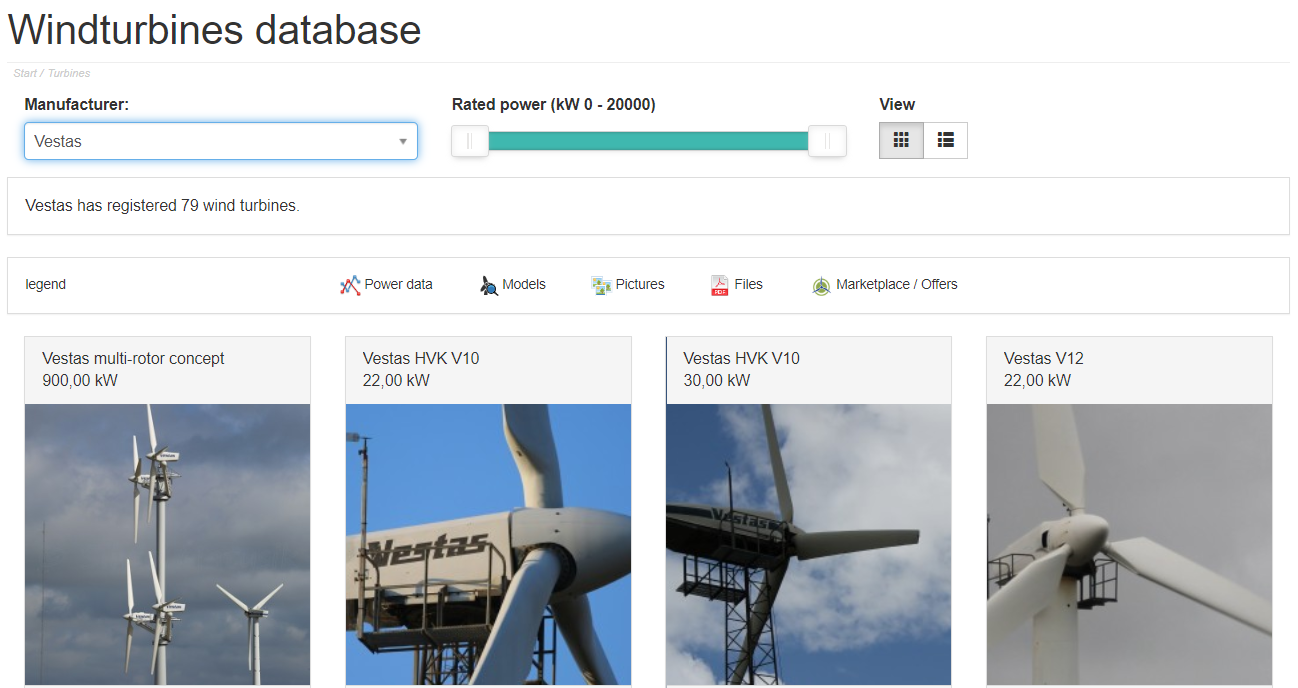Wind Turbine Power Curves
There are over 450 widely recognised, active wind turbine manufacturers in the world. And there are tens of thousands of different models of wind turbines. When selecting a wind turbine for a site, one of the most important factors is the turbine power curve (TPC). See example below:

A turbine power curve shows the expected power output (kW or MW) for a range of given wind speeds. It is possible to have two turbines with the same power rating but with different power curves. This will likely result in a different annual energy production. Therefore, when analysing a power curve, it is important to understand some key aspects of a power curve. See the below sections for more information.
Cut-in Speed
This is the lowest wind speed which results in the turbine generating useful power. A low cut in speed will result in the wind turbine utilising low speed wind speeds.
Rated Wind Speed
The wind speed which results in the turbine reaches is rated power. Note: This is normally the maximum power output of the generator inside the wind turbine.
Cut-out Wind Speed
The maximum wind speed where the turbine is allowed to generate power. Beyond the cut-out wind speed the turbine the pitch controllers feather the blades to let the wind flow past them and the rotor hub is braked. Note: Before the turbine will restart, the wind usually has to return to a much lower speed, called the cut-back-in wind speed for a certain amount of time.
Turbine with a high cut-out speed are able to operated for a larger proportion of time in windy locations. Thus increasing annual energy production.
Where to find Power Curves
Power curves are normally published by wind turbine manufacturers. A list of some significant turbine manufacturers is below:
Alternatively, Wind Rose Excel recommends Wind-Turbine-Models.com, who list a huge number of manufacturer, as well as being able to compare power curves for various wind turbine models.

 Launch WRE App
Launch WRE App